Emergencies Satellite
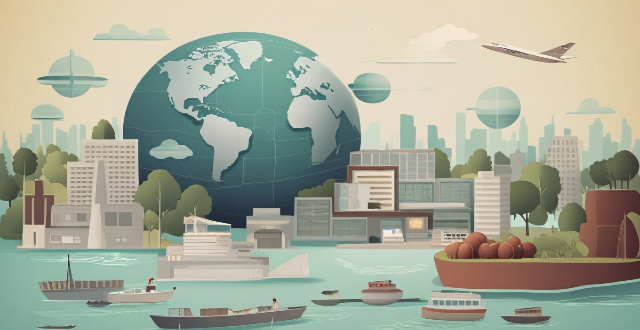
How can satellite communication be used for emergency response and disaster relief ?
Satellite communication is critical in emergency response and disaster relief, offering global coverage, high availability, scalability, and multipurpose use. It enables immediate alerts, coordination, resource deployment, and medical assistance during emergencies. In disaster relief, it aids damage assessment, information dissemination, infrastructure recovery, and aid distribution. Key technical aspects include satellite phones, VSAT terminals, and data collection through sensors. Proper logistics such as training, maintenance, and partnerships with service providers are crucial for effective utilization. Satellite communication significantly enhances the capability to respond to natural disasters and emergencies, reducing their impact on lives and properties.

What are the challenges faced in satellite communication ?
Satellite communication faces challenges such as atmospheric effects, physical obstructions, technical limitations, economic factors, regulatory issues, environmental impacts, security concerns, geopolitical factors, technological advancements, and natural disasters. These challenges highlight the need for innovation and improvement in maintaining reliable satellite communication networks.

What is satellite communication and how does it work ?
Satellite communication is a method of transmitting information over long distances using artificial satellites. These satellites orbit the Earth and act as relay stations, receiving signals from one location and transmitting them to another. The process involves a transmitter sending a signal to a satellite, which then retransmits it to a receiver on Earth. This technology has revolutionized global communications, allowing people to connect with others across the world in real-time.

What are some examples of climate emergencies that have already occurred ?
Climate emergencies are events or situations that pose a significant threat to human health, safety, and the environment due to the impacts of climate change. Examples include extreme weather events such as heatwaves, hurricanes, and floods, as well as ecological disasters like coral reef bleaching, forest dieback, and melting glaciers. These emergencies underscore the urgent need for action to mitigate the effects of climate change and adapt to its impacts.

What are the costs associated with implementing satellite communication systems ?
The text discusses the costs involved in implementing satellite communication systems, including design and development, manufacturing and production, launch and deployment, operational, and decommissioning expenses. It emphasizes the need to consider these costs throughout the system's lifecycle to determine its feasibility and profitability.
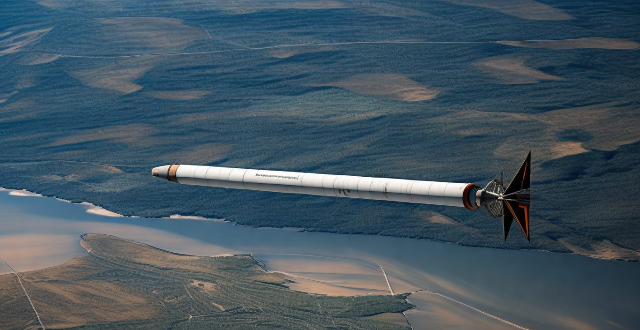
What are the latest advancements in satellite communication technology ?
Satellite communication technology has seen significant advancements in recent years, including high-throughput satellites (HTS) offering increased bandwidth and improved coverage, low Earth orbit (LEO) satellite constellations providing global coverage with low latency, 5G integrated satellite systems enhancing connectivity and capacity, and quantum satellite networks enabling secure long-distance transmission. These developments are revolutionizing global communication by offering faster speeds, broader access, and enhanced security.
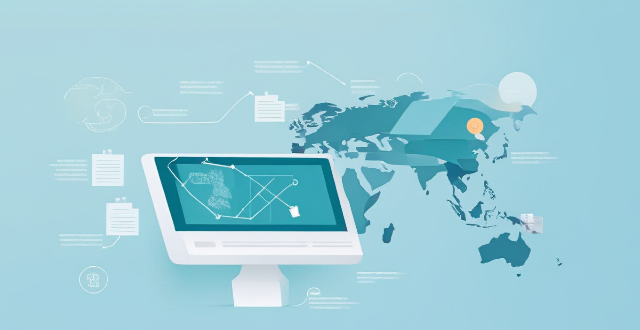
How does satellite communication compare to other forms of communication ?
Satellite communication offers global coverage, high capacitySatellite communication offers global coverage, high capacity higher latency and initial costs and reliability but has higher latency and initial costs compared to terrestrial and wireless communication. Terrestrial communication provides lower latency and moderate reliability at a lower cost, while wireless communication offers convenience and portability at a variable cost. Satellite communication is suitable for remote areas and sensitive applications due to its security features.

What are the latest advancements in communication satellite technology ?
The latest advancements in communication satellite technology include high-throughput satellites (HTS), low Earth orbit (LEO) satellites, and software-defined networking (SDN) and network function virtualization (NFV). HTS offers increased capacity, faster internet speeds, and improved coverage. LEO satellites provide reduced latency, improved signal strength, and global coverage. SDN and NFV enable centralized management, flexibility, scalability, and improved security. These technologies are transforming the way we communicate across the globe.
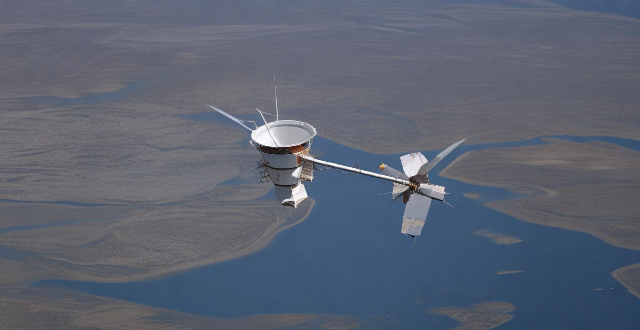
What is a communication satellite and how does it work ?
Communication satellites are vital for global telecommunication, relaying signals for phone calls, internet data, and TV broadcasts between Earth-based stations. They operate by receiving, amplifying, and retransmitting signals from one location to another through a series of steps involving transmission, reception, amplification with frequency conversion, and retransmission. Most occupy geostationary orbit to maintain a fixed position relative to Earth, simplifying ground station antenna targeting. These satellites cover extensive areas, support diverse applications like broadcasting and emergency response, and often form part of larger networks ensuring global connectivity. Their role is crucial in international business, disaster relief, and personal communications worldwide.

What are some common types of emergencies and how should they be handled ?
Emergencies can occur at any time and place, often without warning. Knowing the types of emergencies and how to handle them is crucial for ensuring safety and minimizing harm. In this article, we will discuss some common types of emergencies and their appropriate handling methods. ## Natural Disasters Natural disasters are events caused by environmental factors that result in widespread damage and loss of life. Some common types of natural disasters include earthquakes, hurricanes, floods, wildfires, and tornadoes. When faced with a natural disaster, it is essential to stay calm, seek shelter, follow evacuation orders, have an emergency kit ready, and stay informed about the situation. ## Medical Emergencies Medical emergencies refer to situations where immediate medical attention is required to prevent serious harm or death. Some common types of medical emergencies include heart attacks, strokes, severe allergic reactions, severe bleeding, and choking. When dealing with a medical emergency, it is crucial to call for help, perform first aid if trained, use automated external defibrillators (AEDs) if available, do not move the victim unless necessary, and stay with the victim until help arrives. ## Fire Emergencies Fire emergencies involve uncontrolled fires that pose a threat to people and property. Some common types of fire emergencies include house fires, wildfires, car accidents involving fire, and industrial fires. When facing a fire emergency, it is important to activate fire alarms/alert others, evacuate safely through designated exits, call emergency services immediately, do not reenter burning buildings, and use fire extinguishers appropriately if trained and safe to do so. In conclusion, being prepared for emergencies is crucial for ensuring safety and minimizing harm. By understanding common types of emergencies and their appropriate handling methods, individuals can respond effectively in crisis situations. Remember to stay calm, act quickly, and follow proper procedures to protect yourself and others.
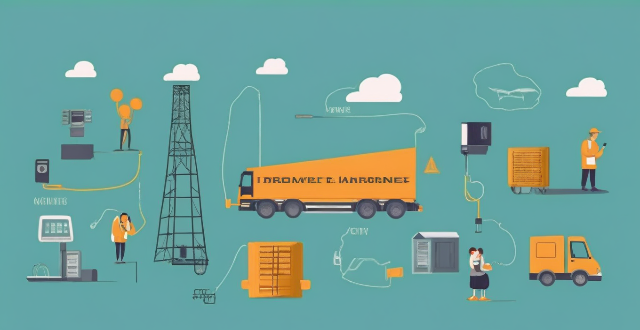
How important is it to have a backup power source in case of emergencies ?
The importance of having a backup power source in case of emergencies is crucial in today's world where we rely heavily on electricity. A backup power source can prevent data loss, maintain essential services, ensure safety, reduce downtime, and improve quality of life during power outages. There are various types of backup power sources available, including UPS, generators, solar power systems, and battery backups. Investing in a backup power source is an investment in peace of mind and preparedness for any emergency situation.
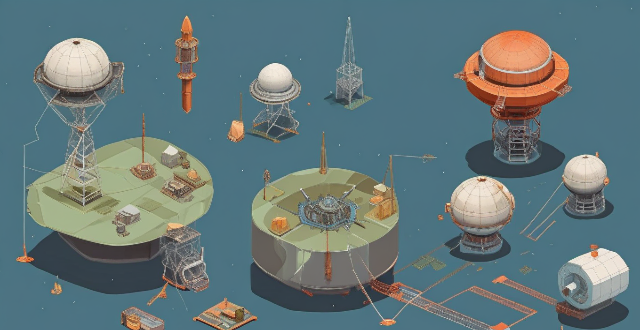
How do communication satellites impact the field of telecommunications ?
Communication satellites have revolutionized telecommunications by providing global connectivity, increasing bandwidth, and improving reliability. They allow for communication across vast distances, connecting remote areas with the rest of the world and providing access to telecom services in regions lacking terrestrial infrastructure. Modern satellite systems offer high data rates for faster internet speeds and better voice/video transmissions, supporting multiple services like voice, data, and video conferencing. Satellites also enhance reliability and redundancy as critical backups during disasters and emergencies, creating diverse communication pathways. With rapid deployment capabilities, satellites are ideal for temporary situations like military operations or emergency responses and enable mobile applications. Economically, advancing technology reduces costs, opens new markets, and fosters job creation. Technological advancements include improved modulation techniques and antenna designs for better performance. Environmental considerations involve space debris mitigation and energy efficiency. Overall, satellites significantly impact telecommunications by extending reach, increasing capacity, ensuring reliability, offering flexibility, driving economic growth, and fostering technological advancements while considering environmental implications.

What are the benefits of using satellite technology for environmental monitoring ?
Satellite technology offers numerous benefits for environmental monitoring, such as wide coverage area, high temporal resolution, cost-effectiveness, objectivity and accuracy, multispectral imaging capabilities, real-time data accessibility, long-term data analysis, and global collaboration opportunities.

How can satellite communication improve global connectivity ?
Satellite communication has revolutionized global connectivity by providing increased coverage, high-speed internet access, cost-effective solutions, enhanced disaster recovery efforts, and improved education and healthcare services. It also facilitates international trade and business operations by enabling instantaneous communication across borders.

Can solar flares cause communication interference ?
Solar flares, intense bursts of radiation from the sun's atmosphere, can disrupt communication systems on Earth. This includes shortwave radio signals, satellite communications, and other terrestrial networks. The effects range from signal quality disruption and frequency deviation to satellite link disruptions, GPS accuracy issues, and even physical damage to satellite hardware. While these impacts vary, organizations involved in critical communication operations must be aware of the risks and implement mitigation strategies to minimize potential disruptions.

What are the benefits of using satellite communication ?
Satellite communication offers numerous benefits including global coverage, reliability, high-speed data transfer, flexibility, cost-effectiveness, and scalability. It is particularly useful for industries requiring global connectivity, emergency services, and businesses in remote locations. Despite higher initial setup costs, the long-term benefits often outweigh the expenses.
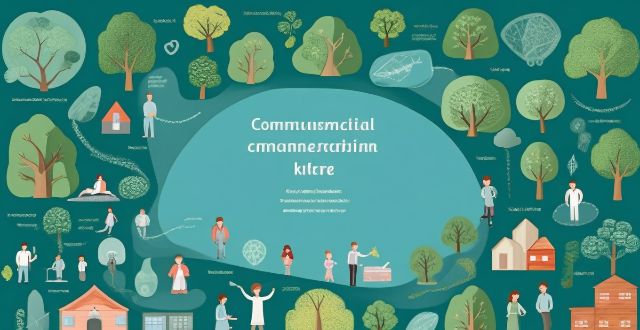
How can satellite communication be used in remote areas ?
Satellite communication is essential for connecting remote areas with services and information. Benefits include wide coverage, high availability, and flexibility. Applications in education, healthcare, disaster response, agriculture, connectivity, and environmental monitoring improve quality of life and access to resources.

In what situations should I call emergency services immediately ?
This text explains the importance of calling emergency services immediately in life-threatening situations. It outlines various scenarios where immediate action is crucial, including major accidents and injuries, serious medical emergencies, sudden changes in health status, environmental emergencies, and mental health crises. The text emphasizes the significance of prompt action to save lives and prevent further harm, advising readers to stay calm and provide detailed information to the dispatcher.

What role does satellite communication play in space exploration and research ?
Satellite communication is crucial for space exploration and research, enabling data collection, real-time communication, navigation, and international collaboration. It will continue to play a vital role in future applications such as deep space exploration, autonomous robotics, and quantum communication.

What are the challenges faced by communication satellites in terms of maintenance and repair ?
Communication satellites play a crucial role in modern telecommunications, providing global connectivity and supporting various applications such as television broadcasting, telephone services, and internet access. However, maintaining and repairing these space-based assets present significant challenges due to their unique operating environment and technical complexities. The main challenges faced by communication satellites in terms of maintenance and repair include: 1. Orbital Dynamics 2. Technical Complexity 3. Environmental Factors 4. Resource Constraints 5. Regulatory and Legal Issues 6. Intervention Difficulties 7. Decommissioning Challenges

How can countries improve their preparedness for global health emergencies ?
Countries can improve their preparedness for global health emergencies by strengthening healthcare infrastructure, developing surveillance and early warning systems, enhancing international cooperation, improving public health education and awareness, and establishing contingency plans and policies.

How do communication satellites enable real-time data transmission and monitoring ?
Communication satellites play a crucial role in enabling real-time data transmission and monitoring by serving as relay stations in space that can receive signals from one location on Earth and transmit them to another location. This is achieved through a complex system of technology, infrastructure, and protocols. Satellites are positioned in orbits around the Earth, either in geostationary orbit (GEO) or lower Earth orbit (LEO). Geostationary satellites remain fixed over a specific point on the Earth's surface, while LEO satellites move relative to the Earth's surface. The process begins when a signal, such as a phone call, internet data, or video feed, is generated at a source location. The signal is then sent via a ground station, which has powerful transmitters and antennas, up to the communication satellite using radio waves. Once the satellite receives the signal, it amplifies and frequencies it to avoid interference with other signals. The amplified signal is then transmitted back down to Earth, where another ground station receives it. Finally, the received signal is distributed to its intended destination, such as a phone network, the internet, or a monitoring station. Real-time monitoring is facilitated by the speed at which data can travel via satellite. With modern technology, latency (the time delay in signal transmission) can be minimized, especially with LEO satellites due to their closer proximity to Earth. Satellites can also be networked to provide redundancy and increased bandwidth for large-scale monitoring systems. Key technologies and infrastructure include ground stations, satellite design, network protocols, and satellite constellations. However, there are challenges and considerations such as weather impact, geographical constraints, and regulatory issues. In summary, communication satellites enable real-time data transmission and monitoring by acting as high-altitude relay stations, utilizing advanced technologies and infrastructure to deliver signals across vast distances with minimal delay.

What are the benefits of using communication satellites for remote areas ?
Communication satellites have revolutionized the way we communicate, especially in remote areas where traditional communication methods are limited or non-existent. Some of the benefits of using communication satellites for remote areas include improved connectivity, enhanced education and healthcare, economic development, and social benefits. Satellites provide global coverage and reliable connections, making it an ideal solution for remote areas where traditional communication infrastructure may be vulnerable to damage. Satellite communication enables students in remote areas to access educational resources that were previously unavailable to them, and allows healthcare professionals to access medical information and expertise from around the world. It also opens up new business opportunities for people living in remote areas and can help improve infrastructure. Socially, satellite communication allows people in remote areas to stay connected with friends and family who live far away, and can help preserve cultural traditions and practices. Overall, using communication satellites for remote areas offers numerous benefits that can improve the lives of people living in these areas.

How do I train my employees for emergency situations ?
Training employees for emergency situations is crucial to ensure their safety and minimize the impact of emergencies on your business. Here's a summary of the key steps involved: 1. Identify potential emergencies that could occur in your workplace, such as fire, medical emergencies, natural disasters, workplace violence, and chemical spills or hazardous materials incidents. 2. Develop an emergency plan that outlines the steps employees should take during each type of emergency. This plan should include evacuation procedures, first aid protocols, contact information for emergency services, safe locations, and procedures for accounting for all employees after an emergency. 3. Conduct regular emergency drills to ensure that employees are familiar with the emergency plan and know what to do in case of an emergency. Drills should be conducted at least annually and cover all types of emergencies identified in the emergency plan. 4. Provide training on how to use safety equipment such as fire extinguishers, first aid kits, and safety goggles. This training should be provided during new employee orientation and refresher courses should be offered regularly. 5. Encourage open communication between employees and management regarding safety concerns and suggestions for improvement. This can be done through regular safety meetings, suggestion boxes, or anonymous surveys. By following these steps, you can create a safe and prepared workforce that is ready to handle any emergency situation.

How do communication satellites contribute to disaster response and relief efforts ?
Communication satellites are vital for disaster response and relief efforts, providing real-time information, surveillance, coordination, emergency communications, and aiding search and rescue operations. They enable quick decision-making and efficient resource allocation during emergencies.